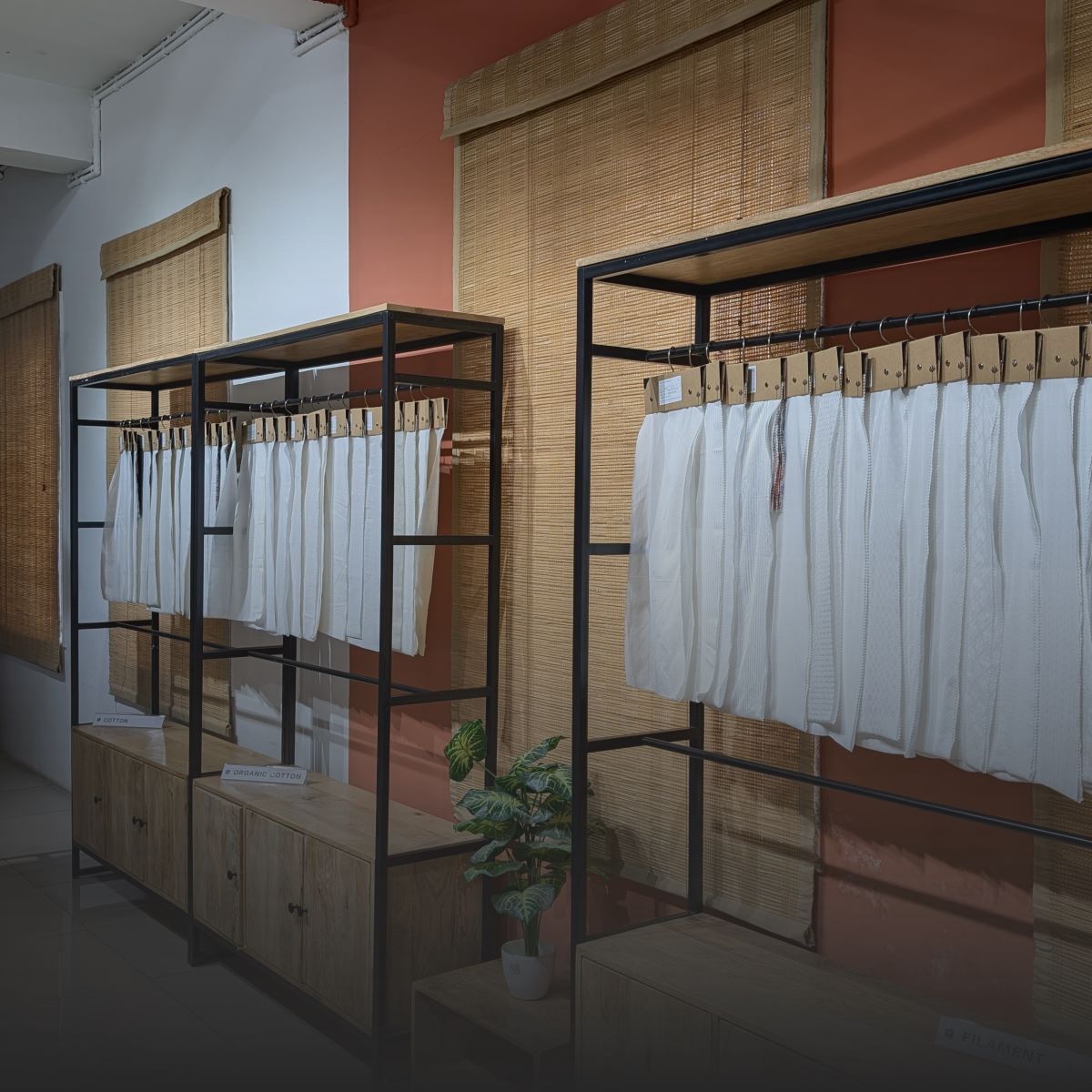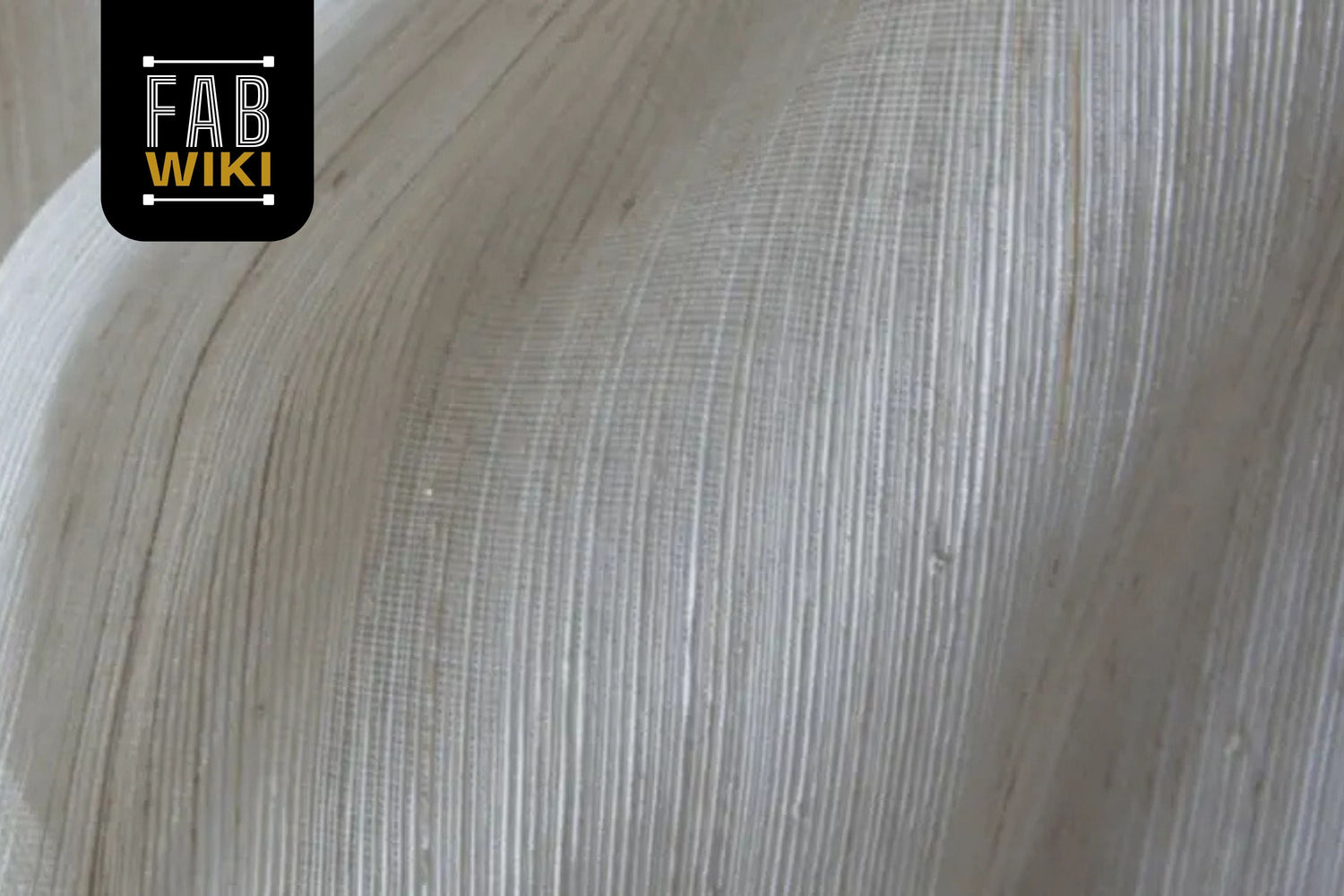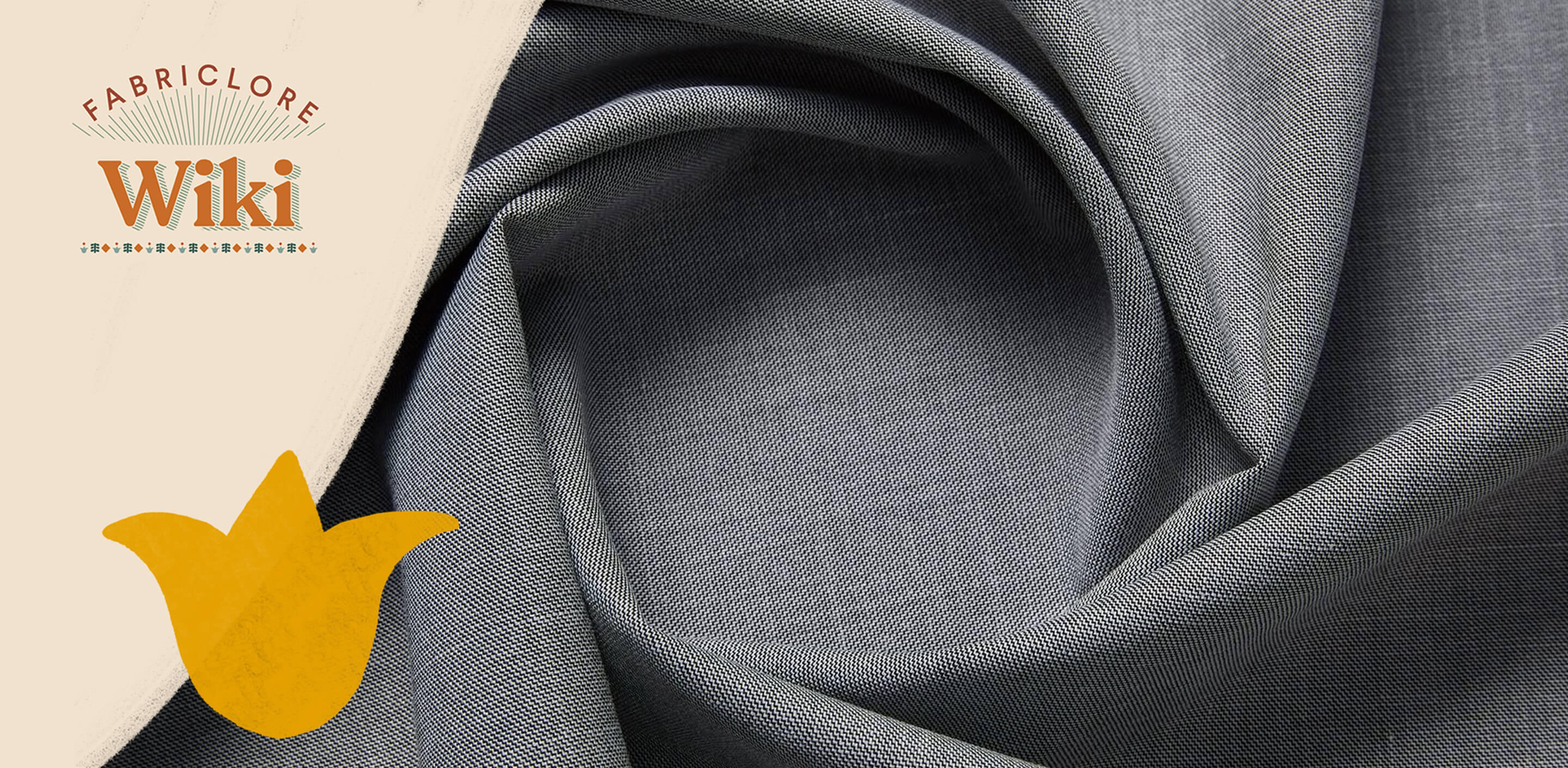The stalks of banana trees are used to make banana silk, which is also known as banana fibre or Musa fibre. This eco-friendly material feels like silk but is strong and long-lasting, like natural fibres. This is why it is becoming increasingly popular in fashion and home decor.
What Is Banana Silk?

Some types of banana trees, like Musa fabrics (also called abacá), have a pseudostem used to make banana silk. Despite the name(Banana Silk), it's not made from banana fruit. Instead, it's made from the plant's woody stalks. Because it shines and feels soft like real silk, the material that is made is often called "banana silk" or "banana fibre silk." People are interested in banana silk again because of the global movement towards eco-friendly and sustainable fabrics.
Origin And Historical Use

In some places of Asia, like the Philippines, India, and Japan, banana fibre has been used for hundreds of years. Abaca has been used for a long time to make clothes and nets in the Philippines. India, which grows more bananas than any other country, has also seen a rise in the use of banana fibre, especially in the northeastern and southern parts of the country, where it is used to make clothes and other crafts.
In Japan, banana fibre was once made into bashofu, a thin fabric that was popular for making summer kimonos. As synthetic and industrially made natural fibres became more popular, these customs faded into obscurity. But as people become more aware of climate issues, banana silk is coming back into the spotlight.
How Banana Silk Is Made

The production of banana silk involves a labour-intensive but eco-friendly process:
- Harvesting: The pseudostem (layered stalk, not the woody stem) of the banana plant is harvested after the fruit is collected.
- Fiber extraction: The stalk's outer layers have rough fibres that can be used to make mats and rope, while the stalk's inner layers have soft, silk-like fibres that can be used to make clothes. You can do extraction by hand or with a machine, like the raspador, which speeds up the process.
- Degumming and drying: The fibres are peeled, washed, and sometimes boiled to remove natural gums and impurities.
- Spinning and weaving: Once dried, the fibres are hand-spun or mechanically processed, then woven or knitted into clothing.
The process uses much less water and does not require harsh chemicals, making it more environmentally friendly than cotton or viscose rayon.
Types Of Banana Fabric
Banana fabric isn’t one-size-fits-all. The properties of the fiber—and how it’s processed—lead to different fabric types suited for various uses. These variations largely depend on which part of the banana plant is used and the processing method applied.
Here are the main types:
|
Type |
Description |
Common Uses |
|
Outer Sheath Fiber |
Coarse and thick; extracted from the outermost layers of the banana stem. |
Ropes, mats, bags, and rugs. |
|
Middle Layer Fiber |
Moderately soft; offers a balance of strength and flexibility. |
Textiles, decorative items, and blended upholstery fabrics. |
|
Inner Sheath Fiber |
Softest and silkiest fiber, similar to natural silk in texture. |
Fine clothing, scarves, and luxury home décor. |
|
Blended Banana Fabric |
Mixed with cotton, wool, or jute to improve softness, stretch, or durability. |
Apparel, furnishings, and carpets. |
Each type plays a role in expanding banana silk’s reach beyond traditional craft, enabling its use in everything from high-end fashion to industrial-grade materials.
Properties Of Banana Silk
|
Property |
Description |
|
Texture |
Soft and silky, closely resembling traditional silk |
|
Strength |
Its high tensile strength makes it robust for a range of uses. |
|
Biodegradability |
Fully biodegradable and compostable |
|
Breathability |
It is perfect for warm climates because it permits air circulation. |
|
Moisture Absorption |
Allows air circulation, making it comfortable for clothing |
|
Dye Affinity |
Takes natural and synthetic dyes well |
Environmental And Economic Benefits

-
Waste Utilization: Agricultural detritus is utilised in the production of banana silk, with pseudostems typically being discarded following fruiting.
- Low Water Footprint: Requires substantially less water than the production of cotton or viscose.
- Chemical-Free Processing: When using conventional methods, there is no requirement for the use of pesticides or dyes that are hazardous.
- Income Source for Rural Communities: The production of banana silk, particularly through handloom weaving, creates employment opportunities for women and marginalised communities in nations such as India and the Philippines.
Challenges And Limitations
Even though it has benefits, banana silk has some problems:
-
Labor Intensity: Fibre separation by hand is slow and needs skilled workers.
- Scalability: Most production is small-scale and handmade, and it's hard for businesses to grow.
- Cost: Banana silk fabrics that are made by hand may cost more than synthetic ones.
- Inconsistent Quality: The quality of fibre can change depending on the type of plant and how it is extracted.
Modern Applications Of Banana Silk

Because banana silk can be used in many ways, it is helpful in many fields. It is used in ancient crafts and modern sustainable products because it is strong, soft, and good for the environment.
Today, banana silk is used in these ways:
|
Application Area |
Description |
|
Textiles |
Makes clothes like dresses, scarves, and saris, as well as home decor like curtains and seat covers. Because it naturally shines and breathes, it's perfect for fabrics that people can wear. |
|
Upholstery and Rugs |
When mixed with fibres like cotton or wool, banana silk makes things last longer and gives them a shiny finish. Often found in hand-woven mats and eco-friendly furniture upholstery. |
|
Paper and Packaging |
Fine paper for writing, art and speciality packing is made from it. This paper is made from banana fibres and is strong. It also breaks down naturally and is better for the environment than regular pulp paper. |
|
Fashion Accessories |
Eco-friendly bags, belts, wallets, and even jewellery have been made from them. Designers like banana silk because it lasts a long time and looks expensive. |
Trend Note:
Eco-designers and sustainable fashion firms are using banana silk instead of synthetic textiles. Its biodegradability and ethical manufacture appeal to discerning shoppers seeking elegant, ethical options.
Future Outlook
Banana silk is expected to shine in the next few years, particularly as more sectors use sustainable materials and environmentally friendly manufacturing methods. Discover what's on the horizon.
- Scalable Technology: Improvements in fibre extraction and mechanised weaving make banana fabric production more efficient. This could reduce expenses and improve accessibility.
- Innovation in Fabric Blends: The main goal of research and development is to make hybrid fabrics that are both durable and good for the environment by mixing banana silk with organic cotton, bamboo, and even recycled PET.
- Mainstream Adoption: Banana silk is going from small markets for artists to more general markets. Fashion companies and home decor brands are trying out materials made from bananas to make their lines more eco-friendly.
- Support from Eco-Policies: As countries tighten rules on the environment and offer incentives for using eco-friendly materials, banana silk may get more money and be more in demand.
- Biodegradable Alternatives: The textile industry around the world is under a lot of pressure to cut down on microplastic pollution. Biodegradable materials like banana silk are a real answer, especially for fast fashion and packing.
Conclusion
Tradition and innovation meet in banana silk, a sustainable, eco-friendly textile alternative. Its unique qualities and low environmental effect appeal to consumers and manufacturers. Banana silk will influence fashion and textiles as the globe becomes more sustainable. Investment in processing technologies and market development might make banana silk a global eco-textile leader.
Frequently Asked Questions (FAQs)
1. Is Banana Silk Made From Bananas?
No, banana silk is not made from the fruit. It's made from the banana plant's pseudostem (the fibrous stalk)—specifically varieties like Musa textilis (abacá). The inner layers of the stalk produce fine, silk-like fibers used to create fabric.
2. How Eco-Friendly Is Banana Silk Compared To Cotton Or Polyester?
Banana silk is significantly more eco-friendly. It uses agricultural waste (banana stalks), requires very little water, and doesn't need harmful chemicals during processing. In contrast, cotton and polyester have higher water usage and environmental impact.
3. Is Banana Silk Fabric Durable For Daily Wear?
Yes. While it feels soft like silk, banana fiber is naturally strong and has high tensile strength. It’s suitable for daily wear when blended with other fibers like cotton or wool and holds up well in items like bags, rugs, and upholstery.
4. Can Banana Silk Be Dyed In Different Colors?
Absolutely. Banana silk has good dye affinity, absorbing natural and synthetic dyes well. This makes it easy to colour in various shades for fashion and design use.
5. Why Is Banana Silk Not Widely Available In Stores?
Production is still mostly small-scale and artisan-based, which limits widespread availability. It also involves labour-intensive processes. However, as demand for sustainable textiles grows and production becomes more scalable, banana silk is expected to become more common in mainstream markets.
We also happen to be a magnet for suggestions, and would love to catch yours….throw us yours on hello@fabriclore.com




